
The ‘Poles on the Nile’ is an event with quite a long tradition. The first conference meeting was held in 2007 and since then, scholars conducting archaeological research in Egypt and Sudan have been meeting annually, always in June, at the University of Warsaw. The conference is attended by archaeologists, as well as specialists in other fields, who work with archaeologists, from the major national universities and research institutes based in Warsaw, Krakow, Poznan, Wroclaw and Gdansk, and abroad.
This year, the annual conference ‘Poles on the Nile’, organised by the Department of Egyptian and Nubian Archaeology at the Faculty of Archaeology, UW and the Department of African Studies of the Centre for Mediterranean Archaeology, UW, will take place from Wednesday 19th – Friday 21st June 2024.
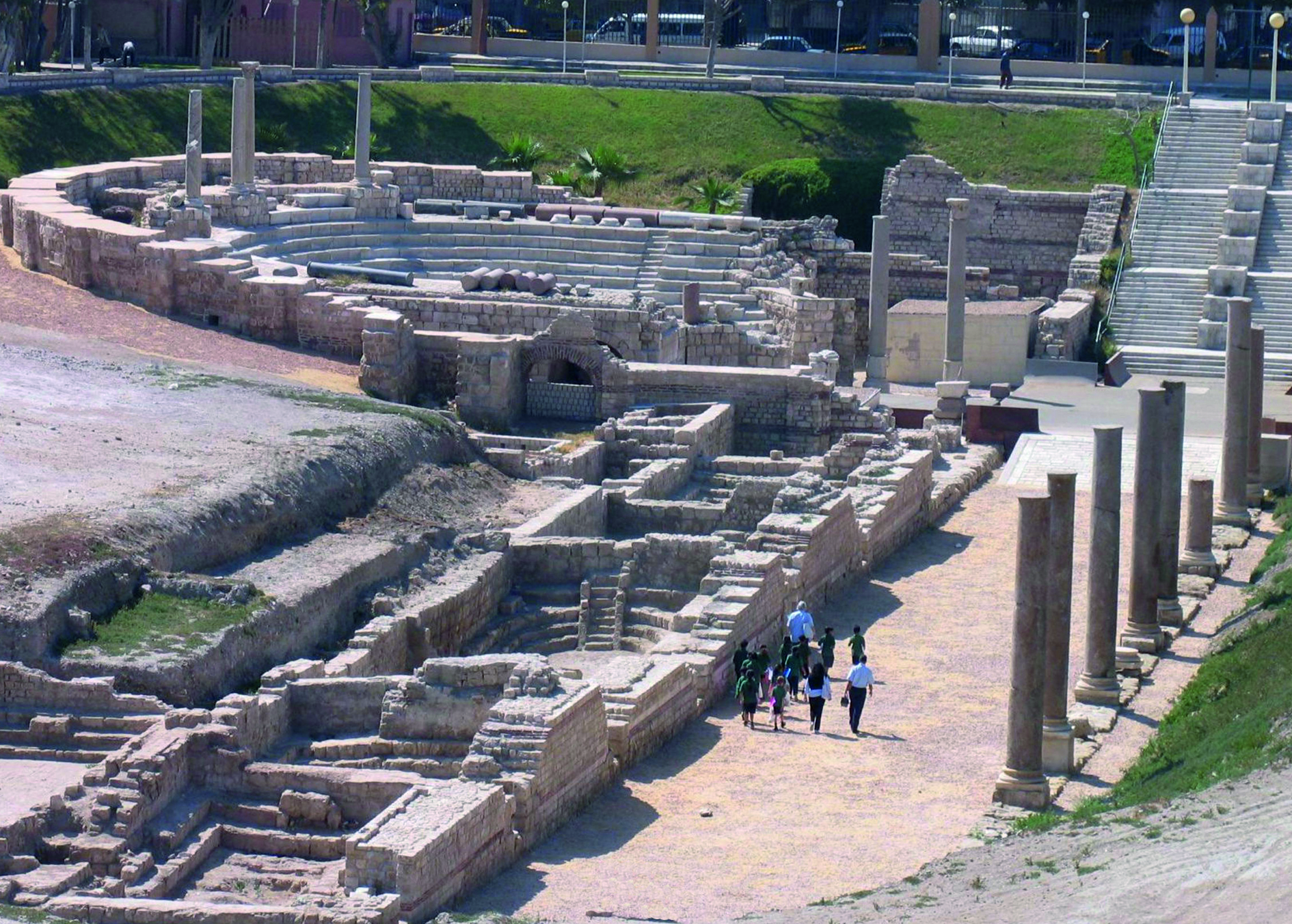
© W. Jerke, licensed under CC BY-NC-SA 4.0
Invitations for podium presentations are extended to the leaders of ongoing Polish archaeological projects in Egypt and Sudan. Each project is allowed a maximum of two presentations: one is a report on the last excavation season, while the other can present a selected aspect of current research.
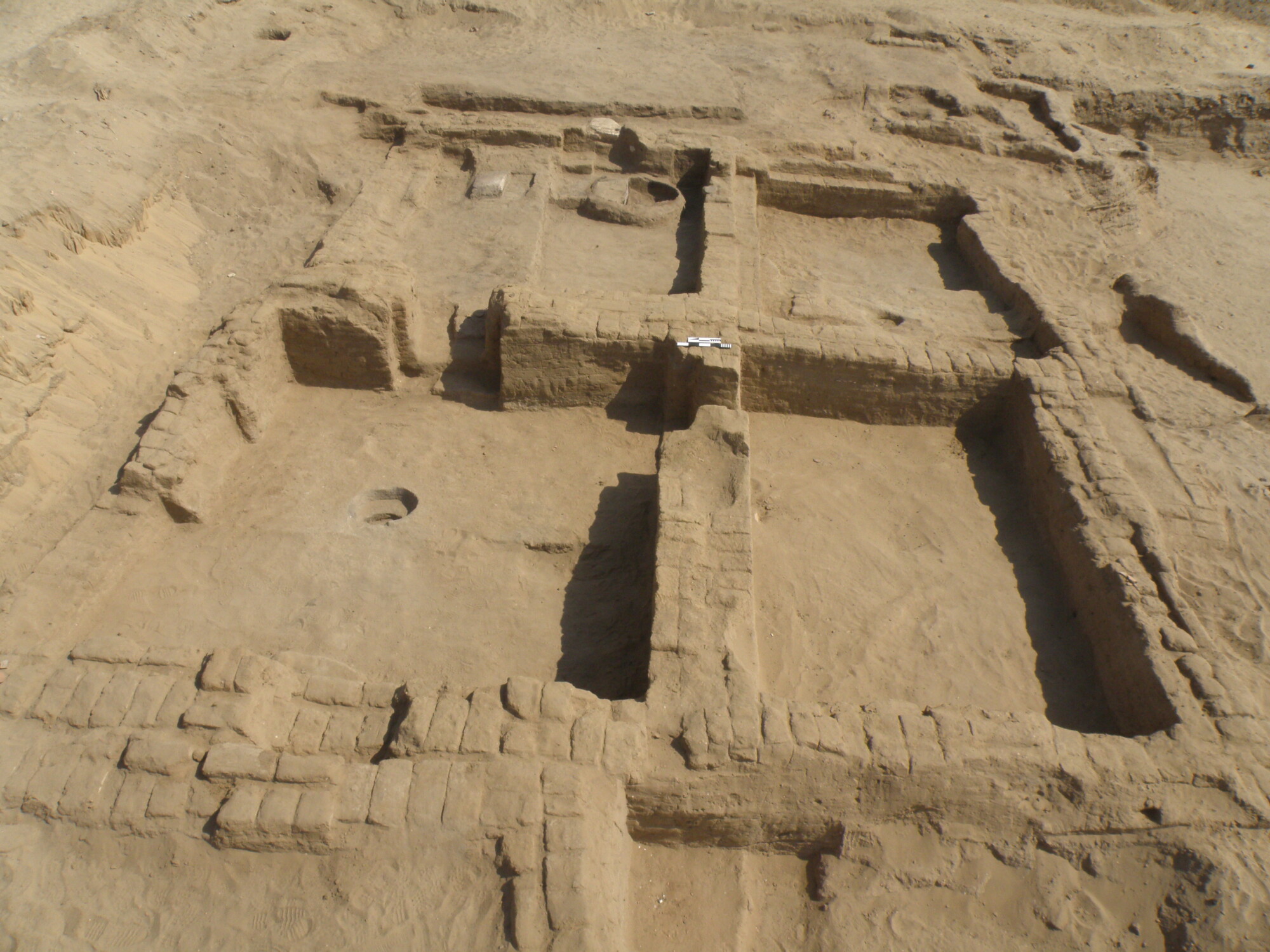
© L. Gidzińska, licensed under CC BY-NC-SA 4.0
Not only Poles on the Nile
The name of the conference, ‘Poles on the Nile’, is rather conventional, since Poles are not the only ones taking part in it. The conference has a decidedly international character thanks to many international participants of Polish-affiliated research teams, including from Egypt, Sudan, Europe and other countries further afield. Polish archaeologists who participate in projects affiliated with foreign institutions are also invited to present the results of their research. As part of the conference a keynote lecture on the most recent and relevant discoveries in Egypt or Sudan is given by a guest speaker.
This year, the keynote lecture entitled ‘Excavating Dangeil, Sudan: From shapeless mounds to Meroitic shrines’ will be delivered by Dr Julie Anderson, the curator of the Department of Ancient Egypt and Sudan, the British Museum, who will present on the excavations at the precinct of the Amun temple at the Meroitic site at Dangeil, near the Fifth Nile Cataract.

© M. Kurcz, licensed under CC BY-NC-SA 4.0
Hybrid format reaches a wider audience
To acknowledge and encourage non-Polish participants, all conference presentations are now given in English. In addition, and since the COVID pandemic, the conference changed its format from a national in-person event to an international hybrid meeting. This had an immediate and obvious downside – a remote coffee break is not the same experience after anymore… But there were also upsides, most notably an opportunity to reach a wider audience who, for various reasons, could not attend the conference in person. As of 2022, the conference has a hybrid format with in-person sessions taking place at the Faculty of Archaeology, University of Warsaw, and a remote option to join the meeting online. The latter option is often used by the conference speakers who may not be able to attend the meeting in person but, more importantly, by a growing audience from all over the world.
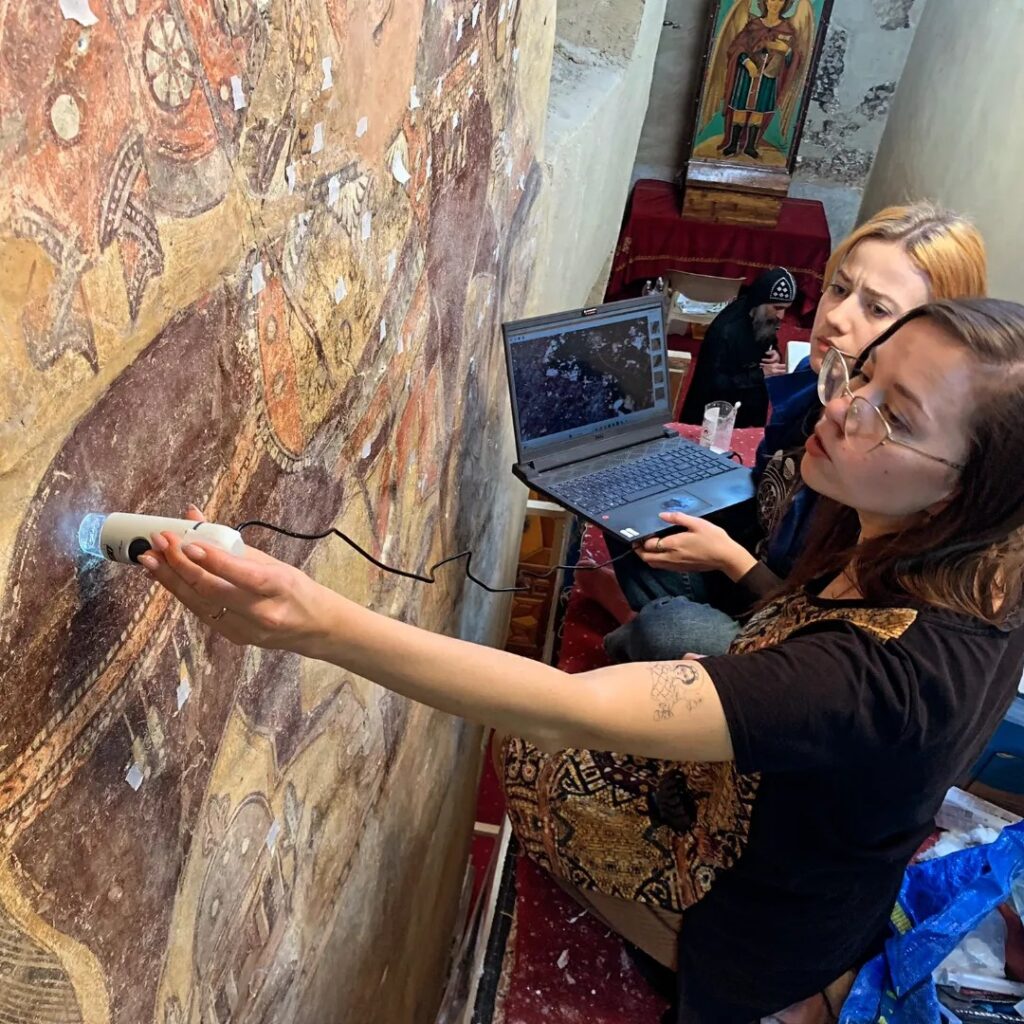
© D. Szymański, licensed under CC BY-NC-SA 4.0

© PCMA UW / D. Szymański, licensed under CC BY-NC-SA 4.0
Reports from the latest fieldwork seasons
The focus of the conference is to present reports from the most recent fieldwork in Egypt and Sudan. And there is much to report. Polish archaeology is particularly present along the Nile, with a great variety of projects ranging in chronology, geographic distribution, and type of sites under investigation. This year’s conference will present the results of fieldwork at Prehistoric sites (Merimde Beni Salame), pre- and early Pharaonic Egypt (Tell Murra, Tarchan), and from later periods (including Saqqara, Thebes, Asjut, Tell el-Retaba). The Pharaonic sites to be presented will include cemeteries (e.g. Tell Murra, Tarchan, Sakkara, Asasif), temples (Deir el-Bahari), as well as cities and fortifications (Tell el-Retaba).

© A. Wodzińska, licensed under CC BY-NC-SA 4.0
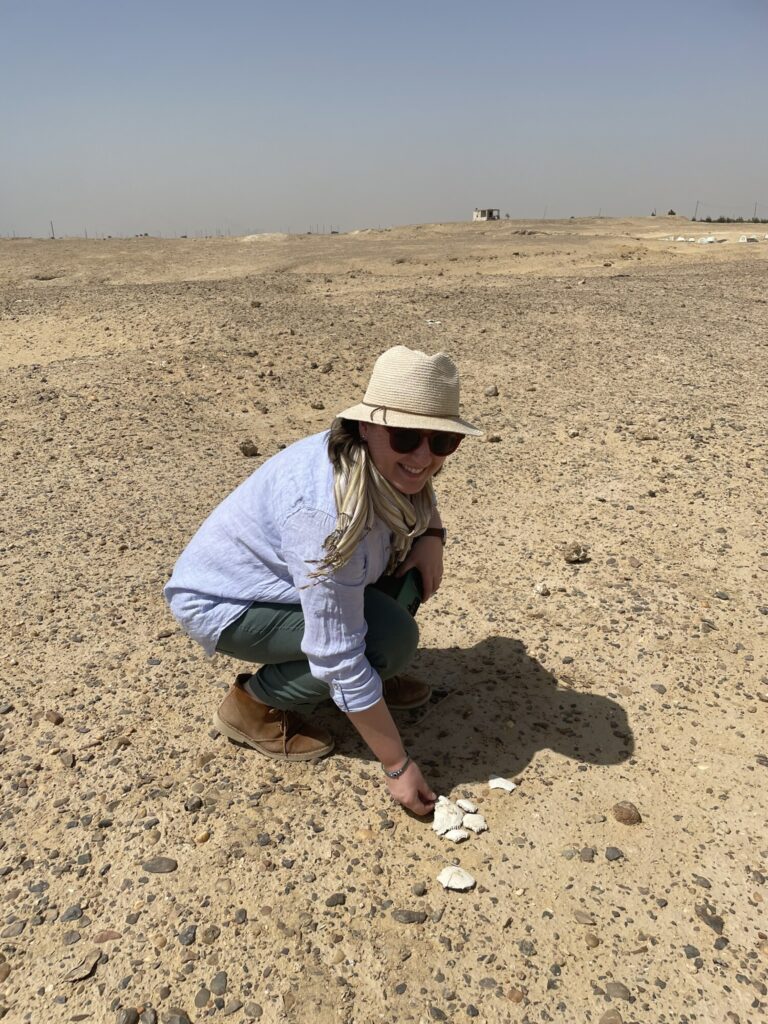
© A. Wodzińska, licensed under CC BY-NC-SA 4.0
Polish archaeologists are also working on sites from the Greco-Roman period. Among the most important are urban and port sites at Alexandria, Marea, and Berenice. And finally, a monastic site at Naqlun in the Fayum Oasis, dating to the late antiquity and medieval period, closes the list of sites with a long tradition of Polish archaeological research in Egypt.
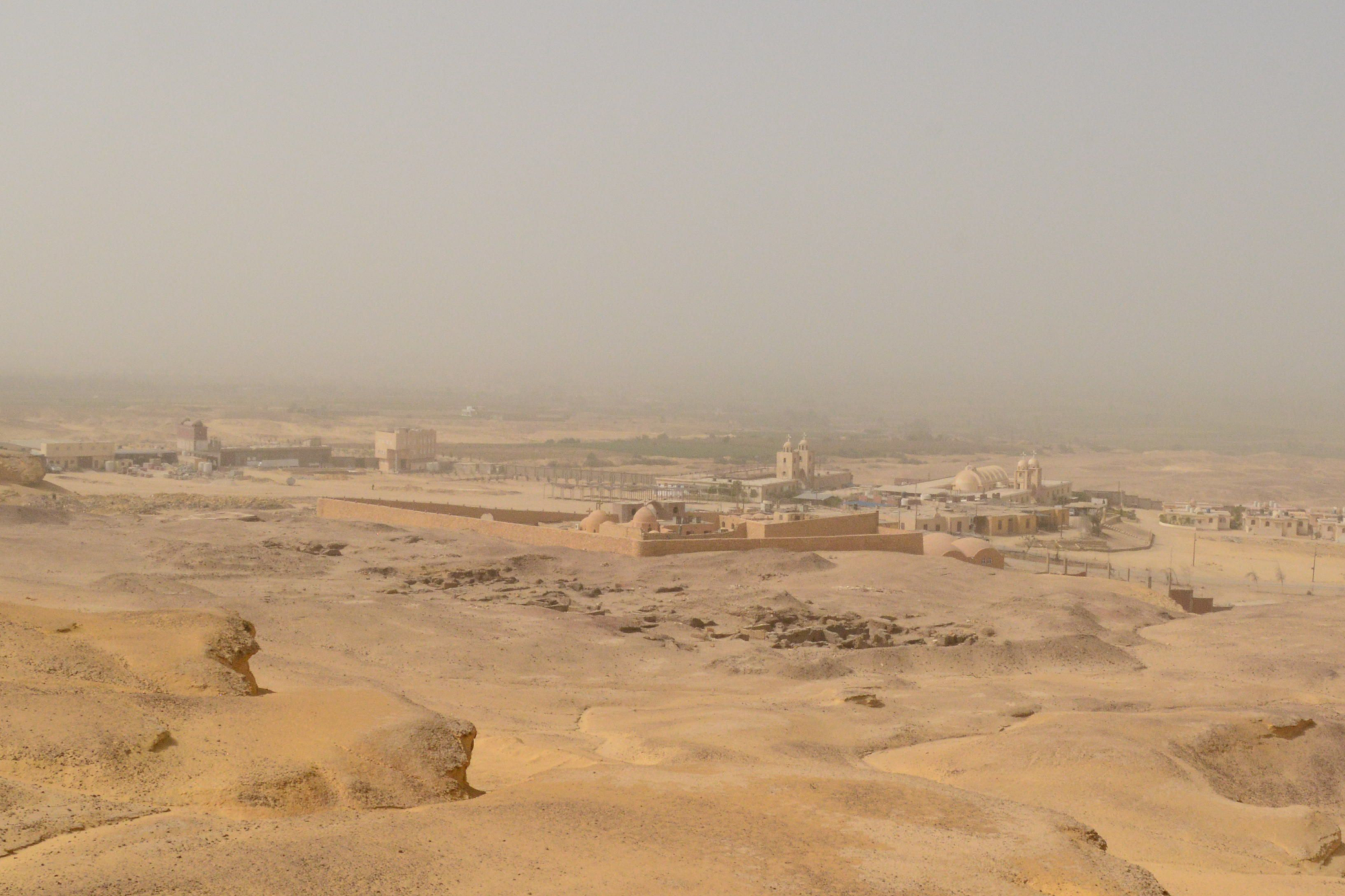
© R. Mahler, licensed under CC BY-NC-SA 4.0
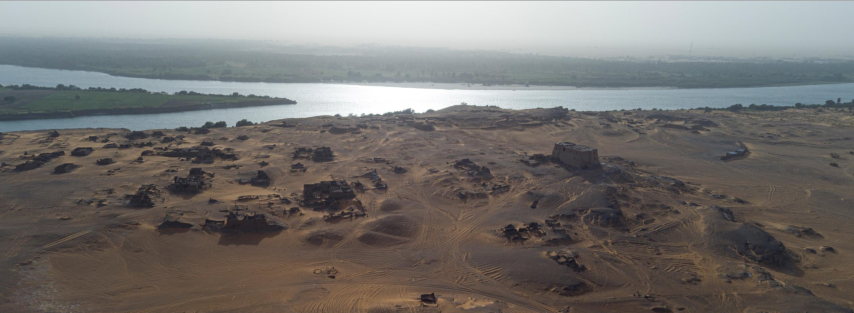
© PCMA UW / A. Chlebowski, licensed under CC BY-NC-SA 4.0
‘Sudan Day’
The keynote lecture by Dr Anderson will precede the ‘Sudan Day’, which will take place on 21 June (Friday). The outbreak of the civil war in Sudan in April 2023 made archaeological work impossible; for that reason, this year’s conference will lack fieldwork reports from the Middle Nile. However, fieldwork is always just the beginning of a complex study process, which carries on despite the domestic situation in Sudan. The findings of such ongoing projects and multidisciplinary studies will be presented on the Christian Nubia, including the two capitals from this period: Dongola and Soba.
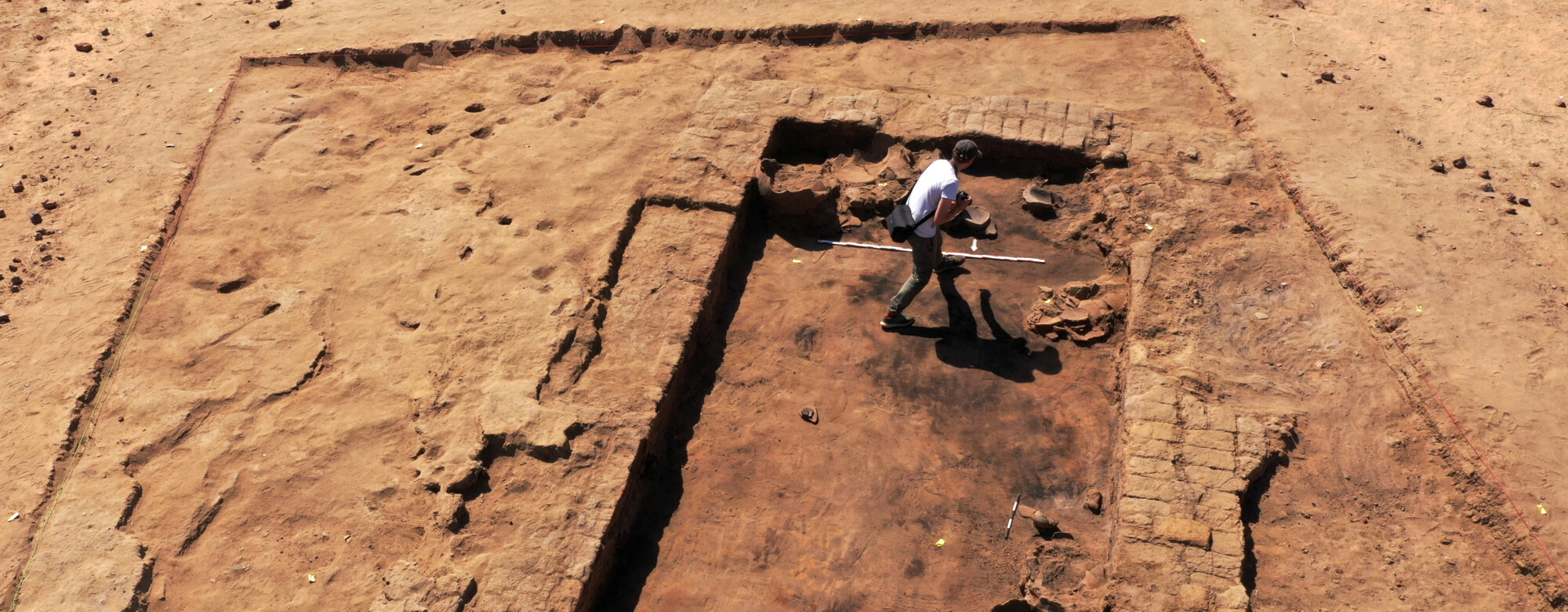
© M. Drzewiecki, licensed under CC BY-NC-SA 4.0
More than 30 papers
In addition to annual reports and research papers, the conference tradition is also to present the recently defended doctoral and postdoctoral theses. Here, too the thematic and chronological range is broad: from the settlement network in Egypt in the 4th millennium BCE, to Coptic monks and brick architecture in medieval Egypt.
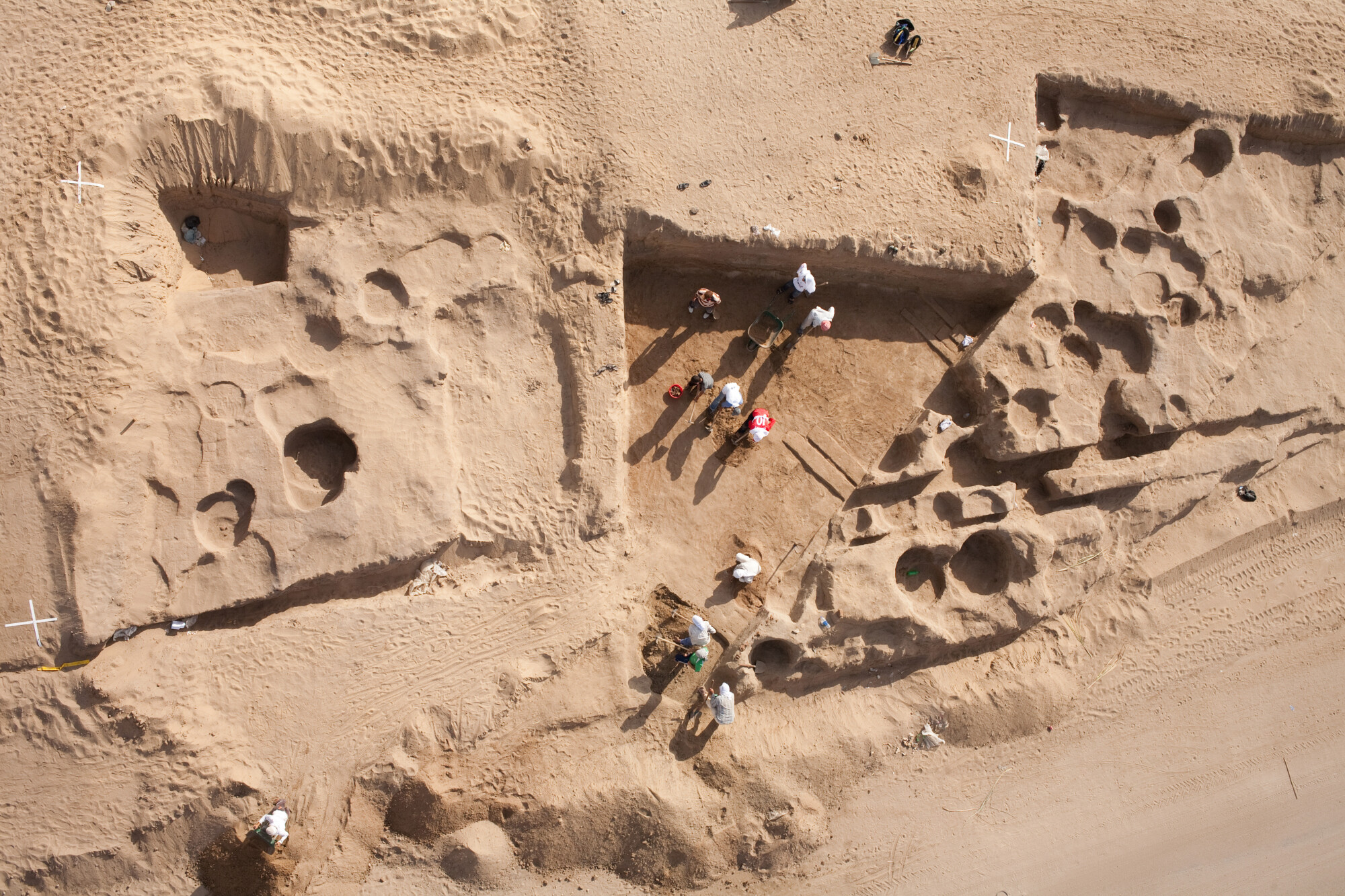
© M.Bogacki, licensed under CC BY-NC-SA 4.0
More than 30 papers are scheduled to be presented over the three days of the conference, with time for discussion after each paper. Those interested in finding out about new discoveries and ongoing research in Egypt and Sudan are invited to join the meetings in-person at the Faculty of Archaeology or online.
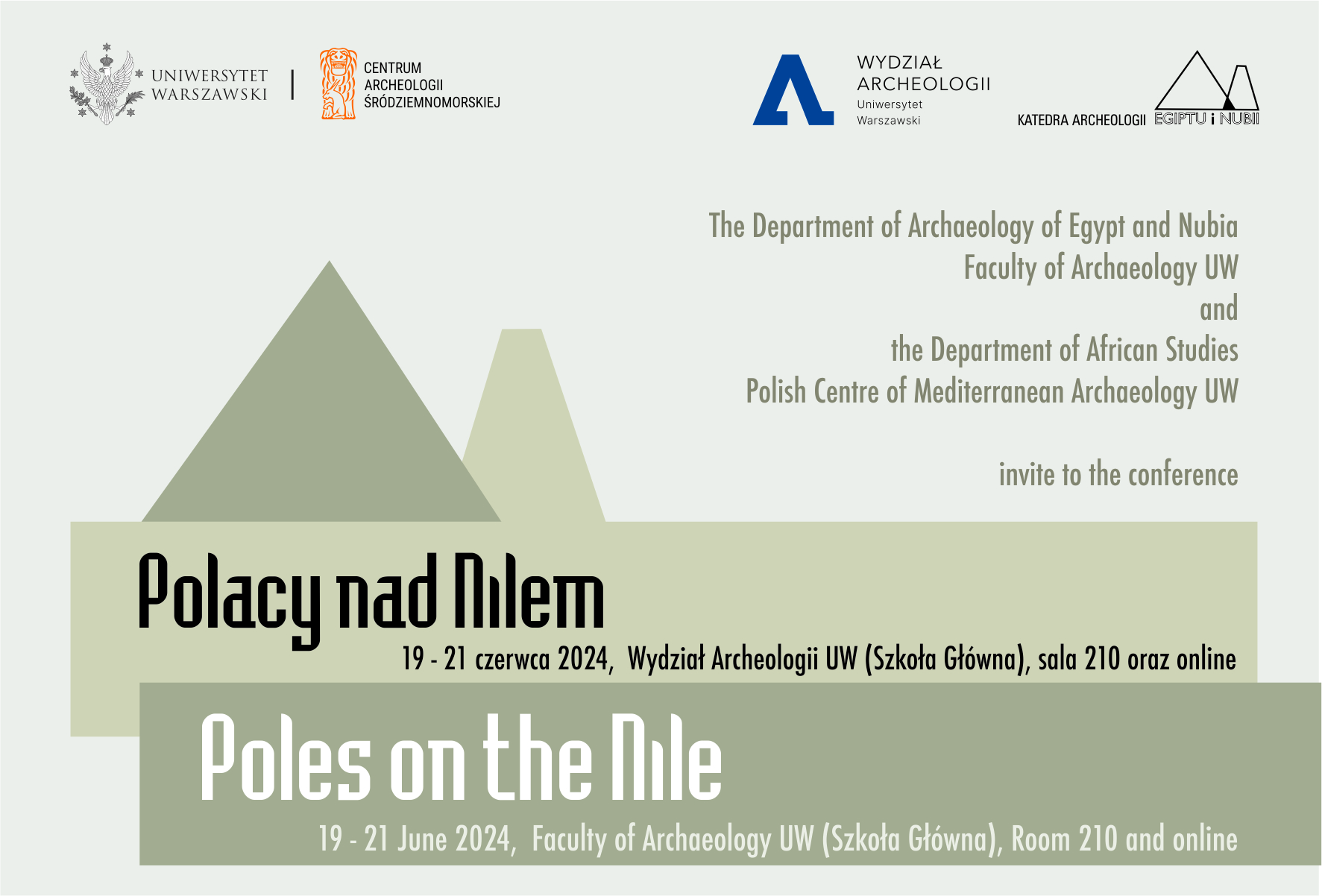
This article can be reprinted free of charge, with photos, citing source
Press release from the Organisers of the conference ‘Poles on the Nile’
Editor: J.M.C.
Proofreading: Iwona Kozieradzka-Ogunmakin
Cover: Excavations at Tell el-Retaba, © A. Rys-Jarmużek, licensed under CC BY-NC-SA 4.0; The buildings of the modern monastery at Naqlun © R. Mahler, licensed under CC BY-NC-SA 4.0; Documentary work in the apse of the cathedral discovered in 2021, at Dongola © PCMA UW/ M. Rekłajtis, licensed under CC BY-NC-SA 4.0; edited by K.K.
